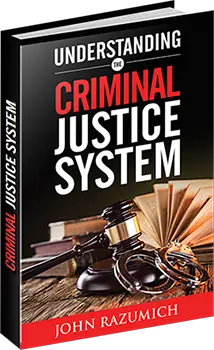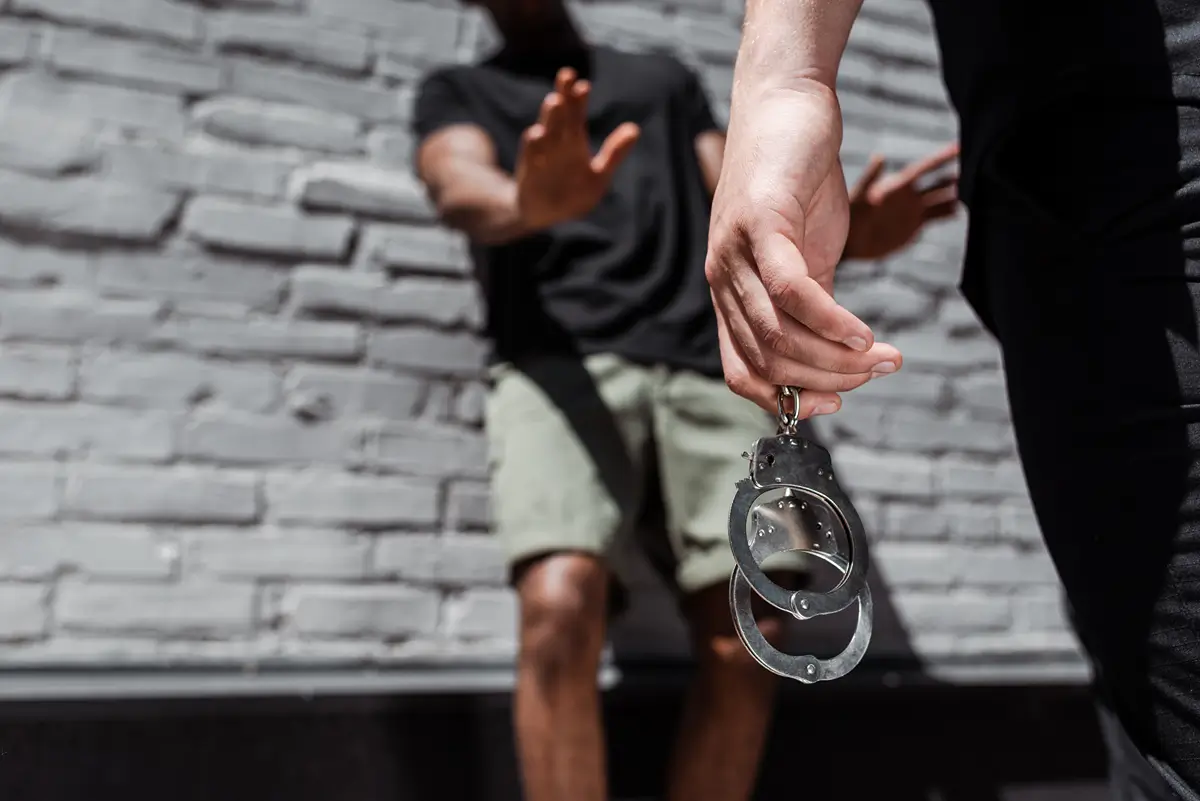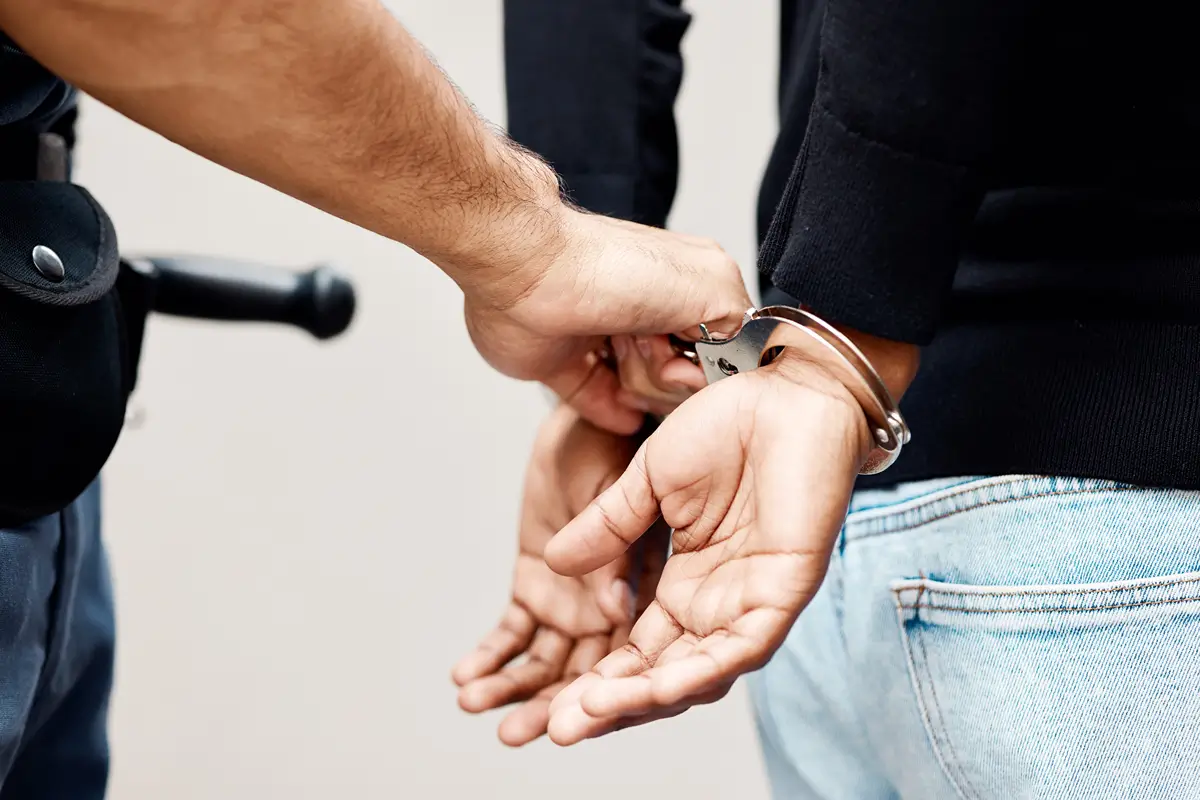The jurisdiction of the Supreme Court of the United States is spelled out in Article III, Section 2 of the United States Constitution. More specifically, the Supreme Court has original jurisdiction over “Cases affecting Ambassadors, other public Ministers and Consuls, and those in which a State shall be Party . . . .” Original jurisdiction means that a case could be filed and argued before a specific court; for example, when you are charged with a crime in a circuit or superior court in your home county, that court is considered to have “original jurisdiction” over your case. All other cases reach the Supreme Court by what’s known as appellate jurisdiction, which means that some other court heard the case originally, rendered a decision, and that the decision is being appealed to a higher court. In the long history of the Supreme Court, very few cases have been directly filed with the Supreme Court under its original jurisdiction, and almost no criminal cases have ever been filed before it under the argument of original jurisdiction.
I said “almost” because there WAS this one time . . . .
The case was United States vs. Shipp, 214 U.S. 386 (1909), and it remains the only criminal trial in the history of the Supreme Court of the United States. Although the case itself has largely fallen to the dustbin of history, it remains a landmark case in the development of habeas corpus law, and the facts that led to the decision in this case remain as tragic today as they were 109 years ago.
The case had its start in the streets of Chattanooga, Tennessee, on January 23, 1906. On that night, Nevada Taylor, a 21-year old white woman who worked as a bookkeeper at the local grocery store left for home at approximately 6:00 p.m. She took the electric trolley towards the home that she shared with her father at the base of Lookout Mountain. Not long after stepping off the trolley, she heard footsteps behind her, and before she could turn a leather strap circled her throat, and a man’s voice whispered in her ear, “If you scream, I will kill you.” Twenty minutes later, Nevada Taylor awoke. She ran the 100 or so yards to her house, where her father used their newly installed telephone to call Sheriff Joseph Shipp to report that his daughter had been raped.
The next day, the local press began coverage, calling the attack on Ms. Taylor “the most fiendish crime in the history of Chattanooga.” Despite the fact that Ms. Taylor told the sheriff that she hadn’t seen her attacker, the newspapers leaped to the conclusion that the crime had been committed by a “Negro brute.”
On January 25, 1906, Sheriff Shipp, Hamilton County Judge Samuel McReynolds, and Tennessee Governor William Cox offered a reward of $375.00 (more than $9,000.00 in 2015 money) for anyone who could identify the attacker. Reading about the story in the newspapers, a white man named Will Hixson came forward and stated that he had seen a black man named Ed Johnson carrying a leather strap near the scene of the crime about the time that it took place.
Ed Johnson was 19 at the time, and had dropped out of school in the 4th Grade. He could not read or write, and he had no criminal record. During the day, Mr. Johnson did odd carpentry jobs for local churches, and during the night he tended pool tables at a bar called the Last Chance Saloon, which sat on the state line with Georgia.
On the strength of Mr. Hixson’s identification, Sheriff Shipp arrested Johnson. Despite three hours of interrogation (and remember, this is pre-Miranda and all of the other Court decisions designed to safeguard the rights of the accused), Johnson maintained his innocence. He claimed that he was at the Last Chance Saloon all night, and provided names for a dozen men who could substantiate his alibi. Believing that Mr. Johnson’s life would be in danger in Chattanooga, Sheriff Shipp and Judge McReynolds secretly moved Mr. Johnson to a jail in Nashville while awaiting trial. This proved to be an excellent decision, as several hundred men raided the Hamilton County Jail over the next two nights in an effort to lynch Mr. Johnson.
On January 28, 1906, Judge McReynolds announced that he had appointed two lawyers to represent Mr. Johnson. Neither of these lawyers had ever handled a criminal case in their career. A third lawyer, Lewis Shepherd, a former judge and one of the most respected lawyers in Tennessee stepped forward to volunteer his services at no cost. The next day, Judge McReynolds met with the three attorneys, and advised that he was setting Mr. Johnson’s trial in ten days. Mr. Shepherd argued that it would be impossible to prepare an adequate defense within ten days, at which point Judge McReynolds warned against filing a motion to continue the trial, stating that “I won’t grant it, and it will only make me angry.”
Mr. Shepherd next asked to move the trial to Knoxville, Memphis, Nashville, or any other jurisdiction, pointing to the two lynching attempts and the sensationalized media attention as evidence that finding an impartial jury would be next to impossible. This request also fell on deaf ears. “Don’t file a motion for change of venue. I won’t grant it, either,” was the Judge’s response.
The stage was set for speedy “justice” on February 6, 1906.






